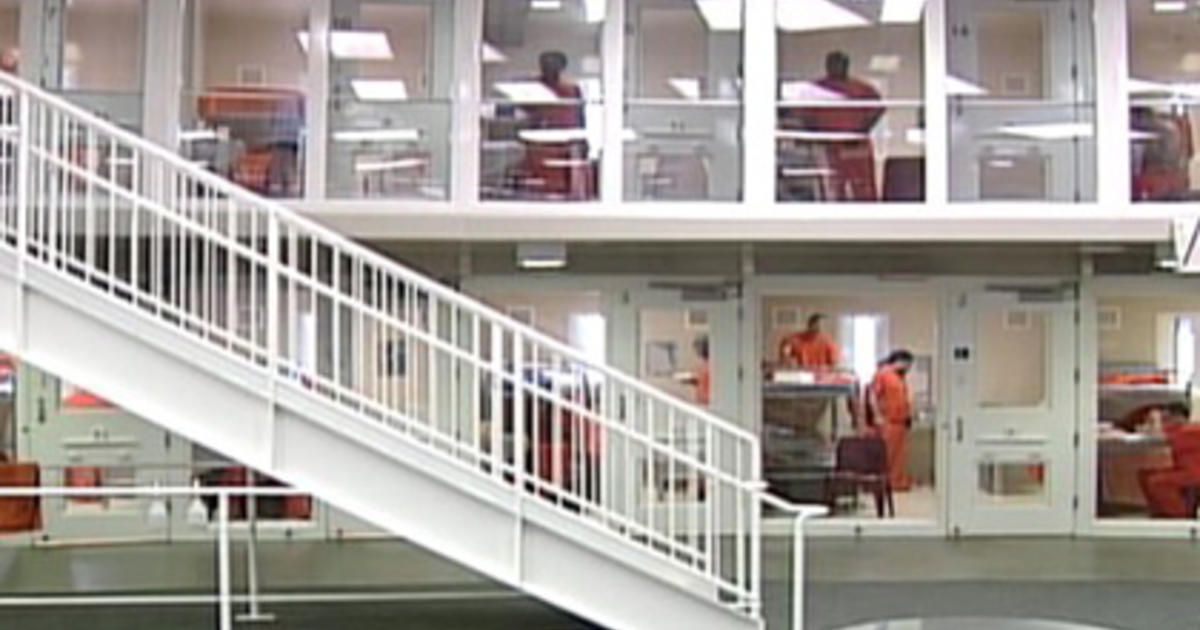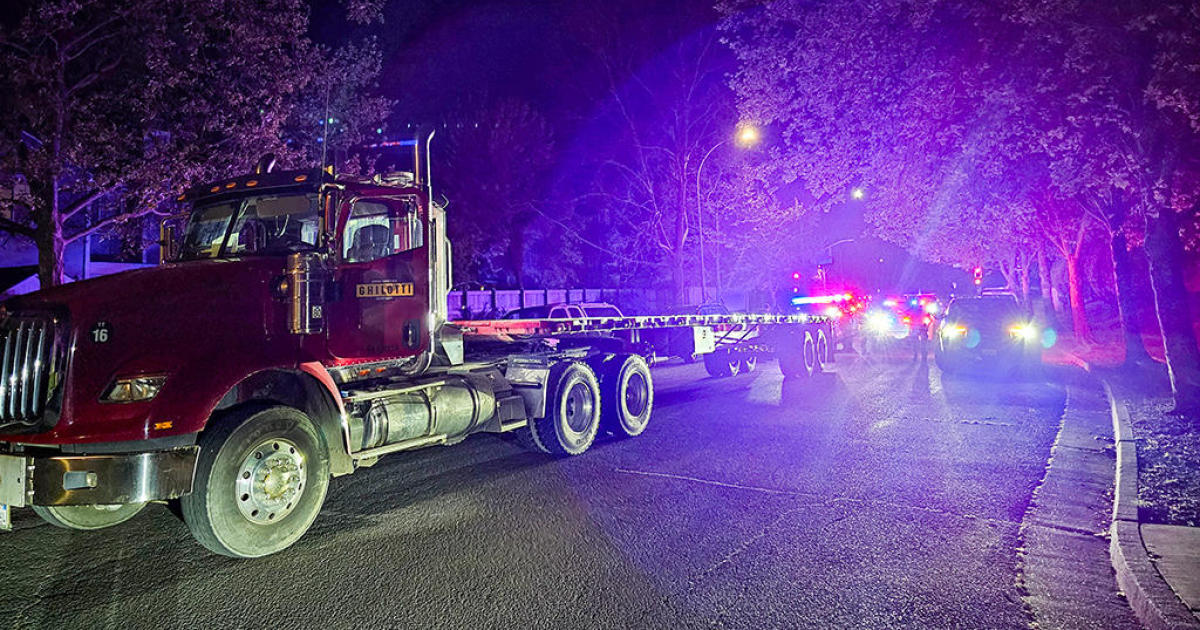Regulators Propose Cutting Delta Water Flow To Farms To Protect Fish
SAN FRANCISCO (CBS/AP) -- Regulators on Thursday proposed leaving more water for struggling native fish and pumping less to farms from the over-tapped San Joaquin River system, in what could be one of the most significant overhauls of water allocation this century in California.
The change is overdue and vital to salvaging salmon and other native fish species in the Central California farming region, said Felicia Marcus, chairwoman of the state Water Resources Control Board.
Current standards, last updated in 1995, allow farms and cities to divert 80 percent or more of the water from tributaries of the lower stretch of the river.
The proposal calls for leaving 40 percent of normal flow to help more fish survive spawning and their journey back and forth from the Pacific Ocean on the southernmost native salmon run in the nation.
The draft release sets the stage for months of volatile hearings before any board vote is taken.
California is in a five-year drought that has made water an even more hotly contested resource than usual. The amount of water left in the lower San Joaquin River system for fish is just one in a series of issues pitting fisheries and conservation groups against farmers, including politically influential corporate farms.
State Farm Bureau Federation president Paul Wenger said the reduced water for irrigation from the change could idle as many as 240,000 of the 9 million irrigated acres in California, the country's top agriculture state.
"This is going to make a huge impact," Wenger said. "We can't keep up this craziness of just releasing this water, with the population continuing to grow, and the population counting on food to continue to grow."
Conservation groups pointed to a 2013 study by the state Department of Fish and Wildlife that said salmon and other native species need at least 50 percent of normal flow in the river system.
"Based on what we've seen, this proposal falls short," said Doug Obegi of the Natural Resources Defense Council environmental group.
The draft proposal applies to the lower San Joaquin River, three of its tributaries and the southern end of the San Joaquin delta with the Sacramento River.
The delta is part of the largest estuary on the West Coast, home to dozens of threatened native species and a water source for two-thirds of California's 39 million people and millions of acres of farm land.
Long stretches of the upper San Joaquin River have been dry for decades because of heavy pumping. Salmon populations have survived in the drought only because of intervention by wildlife agencies, which raise the young salmon in hatcheries and carry them in trucks past dry stretches of the river.
The proposal by regulators calls for leaving 30 percent to 50 percent of normal flows in the river system, with 40 percent as a benchmark.
While reducing the amount of water available for farms, increased river flows would benefit farmers and city dwellers by reducing salinity in water and sweeping away some of the algae blooms plaguing California waterways, said Les Grober, a state water-right official.
John McManus, executive director of the Golden Gate Salmon Association fishing group, said leaving more water in the river would also benefit people by making salmon catches more plentiful.
© Copyright 2016 The Associated Press. All Rights Reserved. This material may not be published, broadcast, rewritten or redistributed



